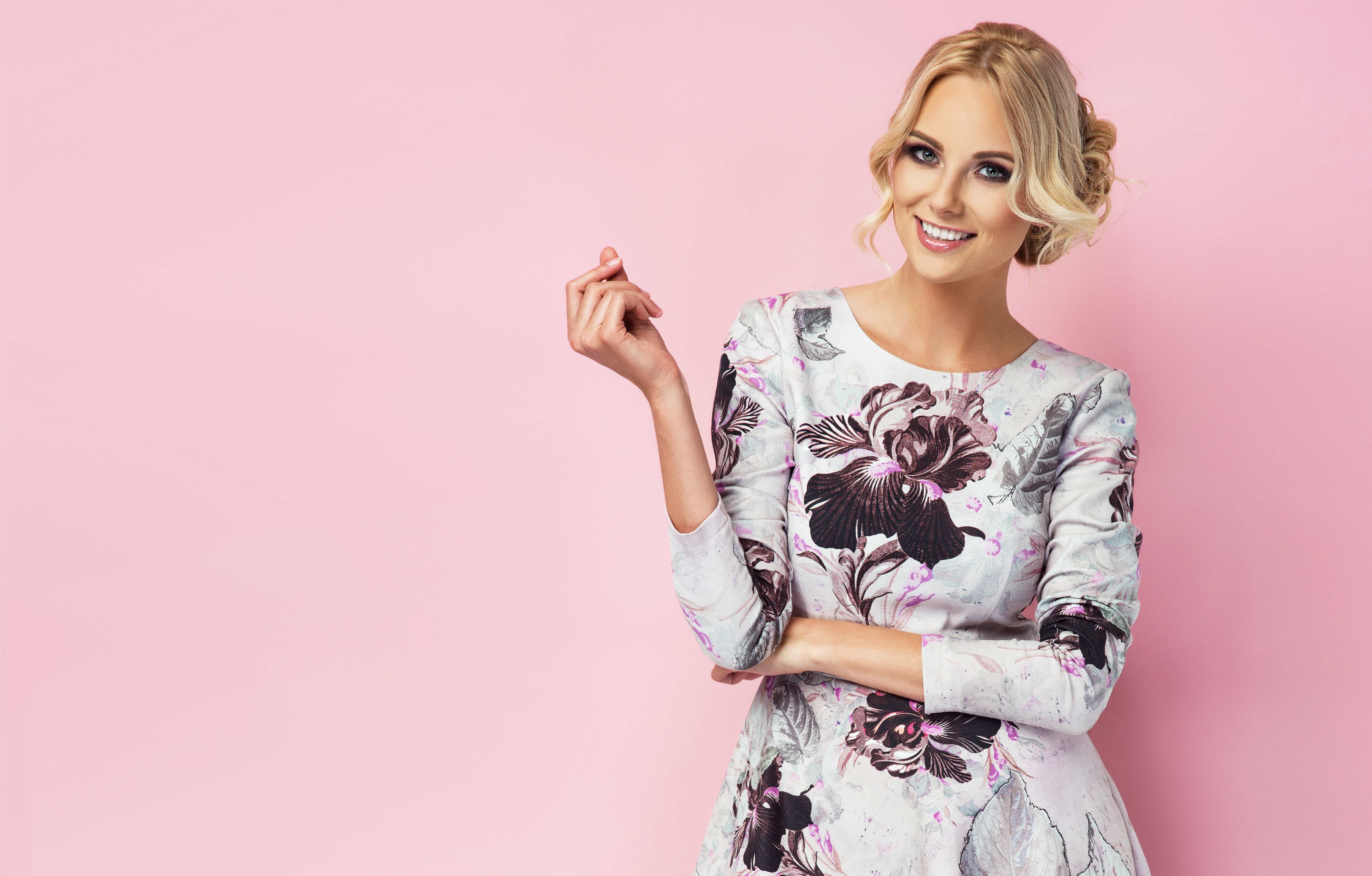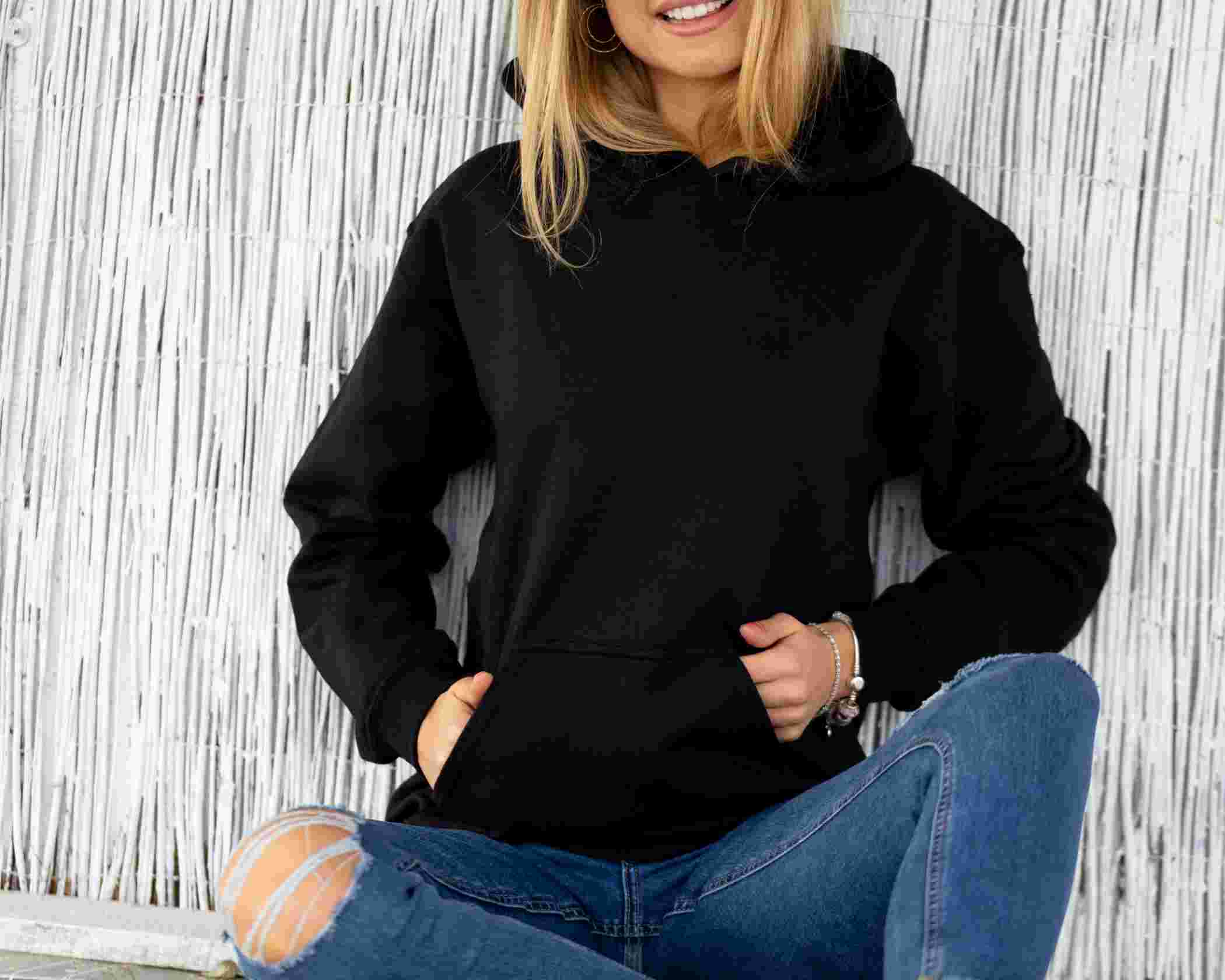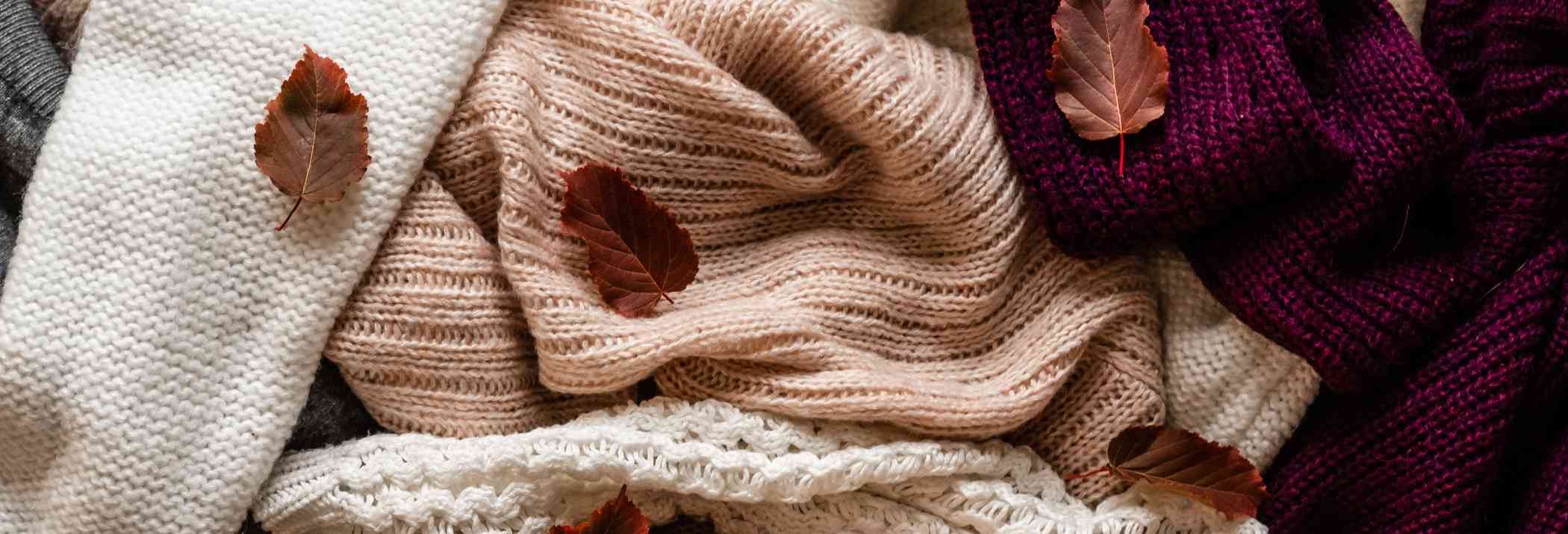Evolution of Fashion from the 19th century to now!

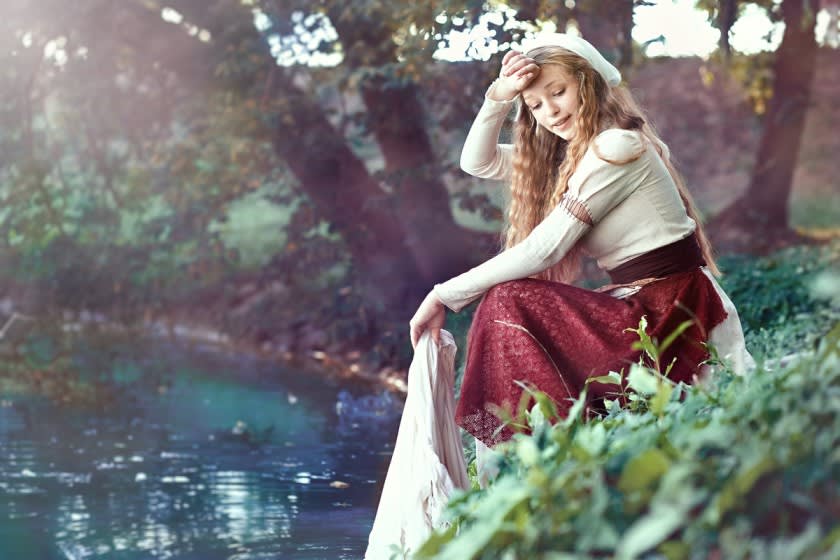

The number of fashionable options available today is virtually limitless. For formal occasions, the cocktail suit is a popular choice of attire. Take a chance and see what happens. What about a jacket and a pair of bicycle skinnies? This gives rise to a street style that is one of a kind. It wasn't always so simple for women when it came to finding what they were looking for. Back in the 1800s, when stockings and crinolines first appeared on the fashion scene, the garment was a completely different beast. As the garment ebbs and flows, you can see the evolution of the piece.
Continue reading to learn about the latest fashion trends from the 1900s to the present day!
Globally acclaimed first Fashion Designer.
There is a lot more to the development of fashion than the efforts of a single designer. As far as fashion designers go, Charles Frederick Worth is generally considered the father of the modern era. When he started his House of Worth business in Paris, fashion used to be made by anonymous dressmakers. In the past, Worth had worked for a dress accessories company, so he specialized in making formal dresses. In the late 1800s, he introduced the bustle, a popular accessory for dresses and skirts.
- Fashion in the early 1900s
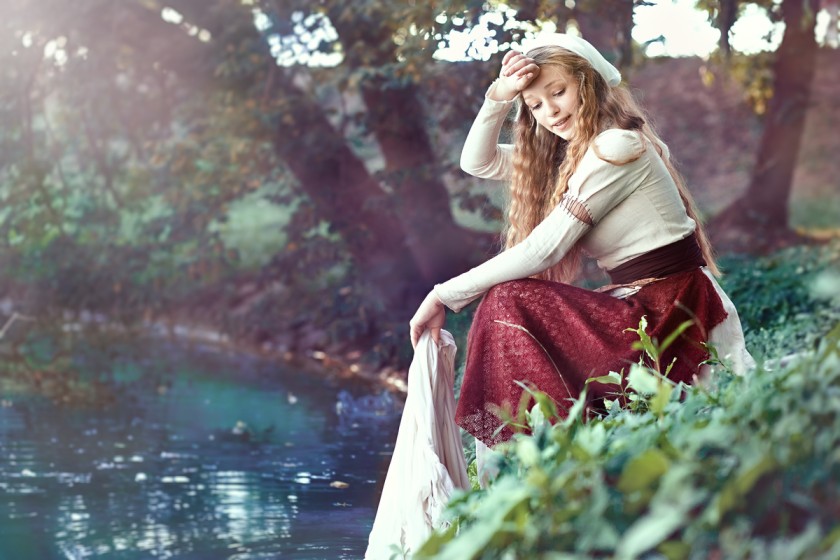
The early fashion in the 1900s was a time of tight blouses and short hemlines for women in the US. Women's cycling attire at the time featured this style of clothing. During the 1800s, corsets were still fashionable, and women wore them under their dresses and blouses. During this period, men's clothing and the time of day had a strong association. Depending on the day and what they were doing, they wore different coats. Attending formal and semi-formal events in a sack or lounge coat was acceptable. There were noticeable differences between the men's dress shirts being buttoned up the back rather than the front of their bodies and the men's dress pants.
- 1910s Fashion
Short hair and oversized brimmed hats were both popular 1910s fashions for women. It was fashionable for women to wear tight-fitting pants and coats. It wasn't until 1917 that Keds started making shoes, despite the rise of high heels. The blazer became the most casual type of suit for men's clothing. At the ankles, their pants were cuffed.
- 1920s Fashion trends
In the 1920s, formal attire gave way to a more casual look for both men and women. During the 1920s, women wore gingham, plaids, stripes, and solids in their casual dresses. The flapper style, which was popular among women who wanted to draw attention to themselves on special occasions, is well known in this era's fashion. Men wore suits in public on a few occasions. However, the growing popularity of sports has led to an increase in demand for sporting goods. A sweater or sweater vest can be used as an alternative to the traditional jacket.
- 1930s Style statements
Many more women today than ever before are choosing to let their hair grow out naturally. Floral prints were trendy at the time, so they dressed in that style. Daily life for many women would be incomplete without makeup and curling iron. To this day, most men still don suits and top hats. Cuffs were still visible on their pants. People could not wear suits to work during the Great Depression because they couldn't afford them. Instead, they chose a more laid-back attire for the day's work. Additionally, at this time, the trench coat became popular in fashion.
- Fashion in the 1940s
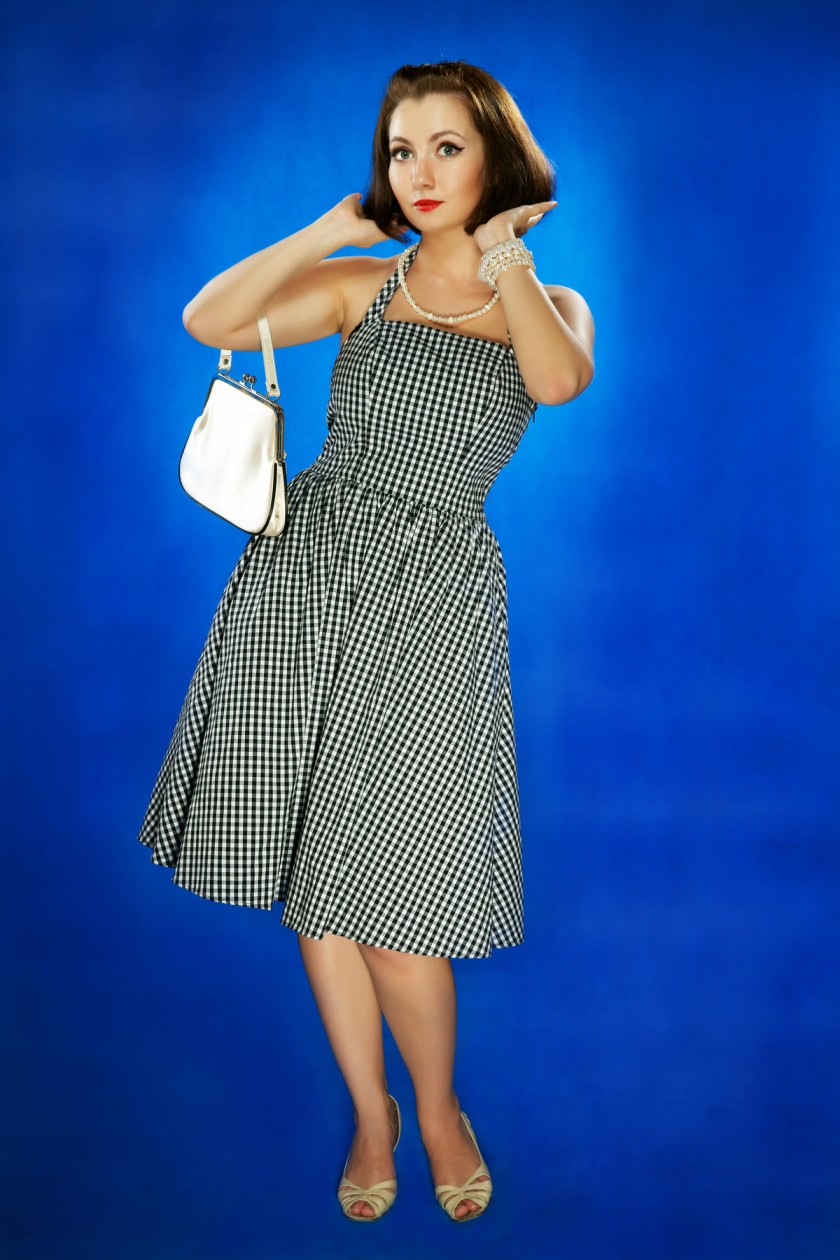
Many restrictions on fashion were imposed during the Second World War. Cotton and rayon were also popular in women's clothing, while nylon replaced silk as the most popular fabric for women's clothing. A wide range of clothing was fashionable during the 1940s marketing campaign. As a result of this shift in fashion, everyday attire like casual dresses and slacks became the norm. Men's fashion has taken a more relaxed turn for the past few years. Nowadays, it is possible to buy suits without waistcoats for men. The cuffed look has been a mainstay in menswear for years. Toward the close of the decade, jackets grew longer and baggier in length and fit.
- The 1950s In thing
When it comes to sportswear for women, this is the height of the fad. Women only wore gowns to special events in the past, but now they can also wear pants. They were all household names during the 1950s fashion decade: James, Givenchy, and Balenciaga. Traditional suit attire for men has been replaced by casual attire, resulting in a more uncomplicated fashion trend. Movie stars like Marlon Brando and James Dean impacted fashion during their respective careers. Those who wore slicked-back hair, denim, and a white shirt were considered rebellious at the time. This look has been the norm for as long as a style has existed.
- Look from the 1960s.
During the 1960s, shift dresses were in style, and women wore them with tailored skirts and high heels. As a result, women began to wear pants more frequently because the practice had become accepted in society. During the late 1960s and early 1970s, the hippie movement became a well-known fashion trend. New fashion fads based on the concepts of 'free love' and 'free expression' replaced peace signs, tie-dye, and bell-bottom pants. Both sexes wore these outfits at the time.
- Fashion in the 1970s
The hippy style popular in the late 1960s and early 1970s persisted into the new millennia. Women's clothing options expanded to include maxi skirts and dresses. Jewelry made of wood, stone, feathers, and beads was a big hit this year.
For men, bell-bottom pants and satin collared shirts were a 1970s trend that they continued. Additionally, there were tie-dyed and plaid shirt options. In a similar vein, bright colors dominated men's wardrobes as well.
Around the middle of the decade, a more casual appearance began to take its place, and as more women entered the workforce, their formal attire evolved. Toward the end of the decade, disco significantly impacted fashion, particularly men's clothing. In addition, it has become more welcoming to women.
- '80s Fashion

The fashion industry in the 1980s was heavily influenced by pop culture, notably television series, films, and music videos. Many women embraced various fashion trends during the 1980s and 1990s, including bright neon colors on skirts and designer underwear. As well as formal wear, women's activewear and casual wear were in high demand. Males favored a suit jacket worn over a T-shirt to convey a relaxed sense of style. Polaroids, Ray-Bans, and leather jackets and jeans are two recent fashion trends that have been mixed.
Versace, Christian Lacroix, and Chanel are just a few high-end fashion brands known for their evening wear. Several of the most well-known names in casual wear, including Ralph Lauren and Calvin Klein, are now offering jeans under their own namesake brands.
- The 1990s Fashion
Many 1990s fashion trends were based on styles popular in the previous decade, following a trend established in the last decade. For a brief time, women began to dress in a manner reminiscent of the 1970s. There was a time when denim and flannel were the two most popular fashions. Athletes and supermodels became the focus of the media's attention as the press began shifting away from sports. According to one's age, this time in fashion history can either bring back fond memories or cause one to squirm.
- Trends In Millennia Fashion (2000)
A new era of fast fashion began in this century with the advent of fast fashion. As the internet grew in popularity and new technologies were developed, fashion brands advertised online. Early in the new millennium, bohemian clothing became fashionable. Maxi skirts and asymmetrical shirts were significant trends this year. Late in the '00s, Tumblr, Reddit, and other major websites like Tumblr helped popularize hipster fashion. Fashion has been transformed significantly in the last decade by fast-fashion chains like Zara, H&M, and Forever 21.
- 2010s Fashion Style
The decade of the 2010s saw a significant loosening of the fashion rules. In the first decade of the twentieth century, jeggings, a combination of jeans and leggings, were fashionable. There is no doubt that social media has impacted trends like 'athleisure' and 'street-style fashion'. Still, there is no doubt that Meghan Markle's style, particularly in the United Kingdom, has had an even more significant impact. In the 2010s, individualism was more prevalent than ever before, with a wide range of brands and styles available. In light of growing consumer and fashion fan anxiety, sustainability and diversity have emerged as top priorities for some fashion companies. In an ideal world, we'd like the decade of the 2010s to go down in fashion history as yet another noteworthy era.
Styles are now in vogue.
Current fashion trends are heavily influenced by 1980s fashion trends such as the enormous boyfriend jacket. According to fashion experts, the next decade will see a rise in the popularity of yellow and blue. However, a few trends from the late 2010s could be popular in the early 2020s.
For instance, this year's outbreak of COVID-19 has led to an increase in the use of facial masks. These masks are available in various styles, including ones for children. Nevertheless, as the epidemic continues, black-colored face masks are expected to grow increasingly popular.
Wrapping-up!
Socially elite individuals have historically been responsible for establishing fashion trends. The royal families had the most significant impact on them, who shaped them in the first place: well-known people and those with a large social media following increasingly set fashion trends. What you wear and what you don't wear are entirely up to you; you'll be the one to make your mark on fashion history. Fashinza, the B2B clothing manufacturing platform, assists you with the ebbs and flows of fashion from the 1900s to contemporary times. Keep this fashion blog handy, and cherry-pick your style!















